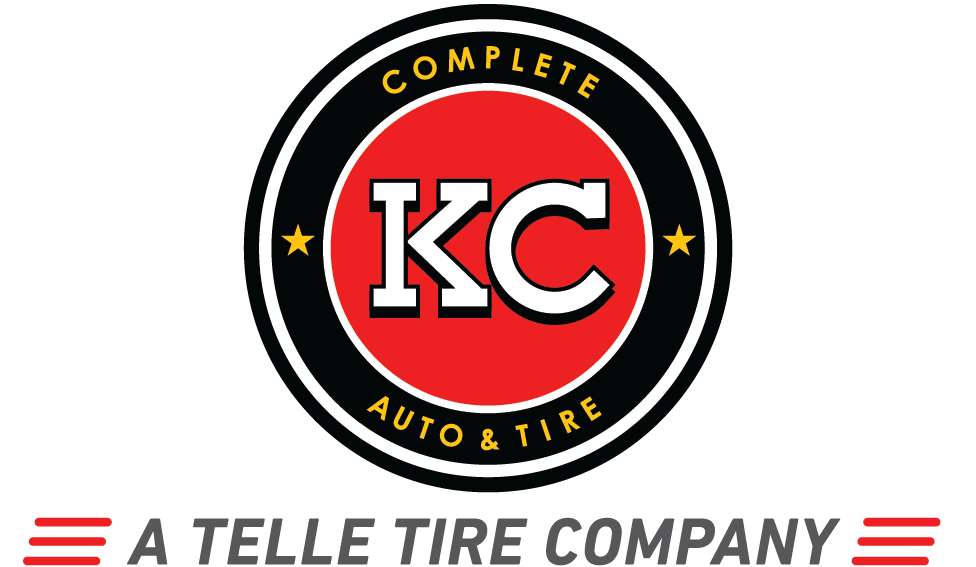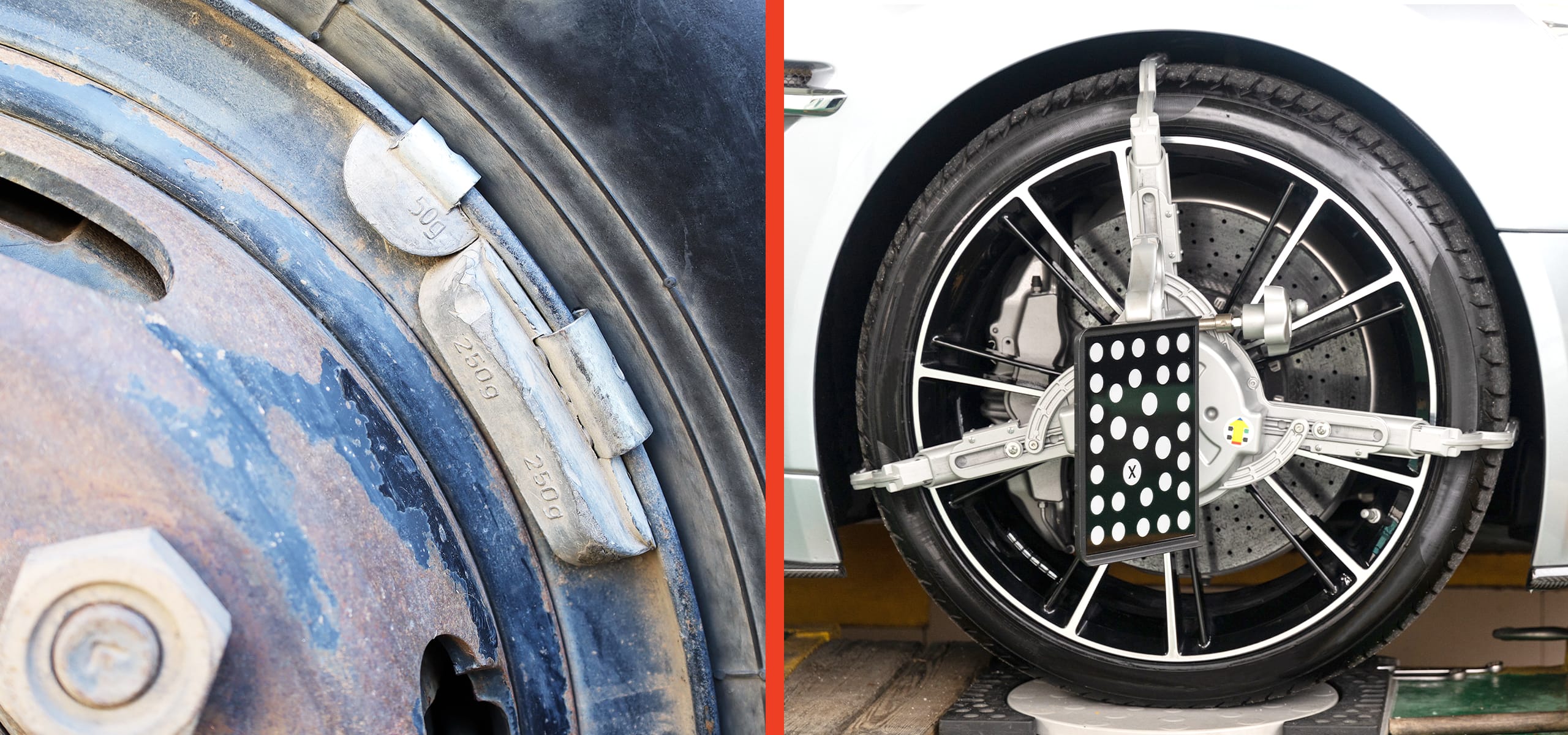Wheel Balancing vs. Alignment: What’s the Difference?
Your vehicle requires regular maintenance to ensure optimum functionality and safety while on the roads. This said, your tire and wheel assembly must be maintained to keep your wheels rolling straight, remain evenly balanced, and point in the same direction while rolling for a smooth ride.
Proper wheel balancing and wheel alignment guarantee a great ride. Unfortunately, while many perceive wheel balancing and alignment as the same service, they actually work to resolve two different concerns. Learn more about these services, how they are different, and when they may be needed on your vehicle.
What is Wheel Balancing?
Wheel balancing entails mounting weights on your vehicle’s wheels. Balancing prevents your car’s wheels from vibrating and wobbling, which can lead to premature tire wear or uneven tread wear. It also saves you funds that could have been used for regular wheel repairs or maintenance.
What Causes Wheels to Become Unbalanced?
There are several reasons why wheels could become unbalanced:
- Misplaced or unevenly balanced tire weights currently present on the wheels
- Uneven tire wear due to poor wheel alignment or other maintenance need
- Improperly mounted wheels
- Underinflated tires
- Repeatedly making contact with potholes or curbs when driving, or hitting one with enough force to cause damage
How to Tell When Wheel Balancing is Necessary
One of the most common signs of when wheel balancing is necessary is when your vehicle starts vibrating or shaking while driving, which is usually indicative of an imbalance in the wheels’ weight.
In addition, you may notice that your car’s tires are wearing unevenly. Tires should be evenly wearing in the center, but if you realize that one side of the tire is wearing more quickly than the other, your vehicle likely requires wheel balancing.
Wheel balancing should be on your checklist for regular vehicle maintenance. Even when you change your tires, you should ensure the shop will be checking that the wheels are balanced after installation.
What is Wheel Alignment?
Wheel alignment entails adjusting the angles of your vehicle’s wheels to point in the same direction. Alignment improves your vehicle’s handling and prevents tires from wearing unevenly. It also ensures that wheels are parallel and perpendicular to the ground — this is an important safety measure as you roll on the roads.
What Causes Wheel Misalignment?
Some reasons why your car wheels may become misaligned include:
- Suspension misalignment
- Bad shocks, struts or other suspension parts
- Repeatedly driving over potholes or other harsh road conditions, increasing shock on the wheel
- Minor vehicle collisions
- Vehicle modifications like using a lift or lowering kit
How to Tell When Wheel Alignment is Necessary
There are several ways your vehicle may be telling you it’s time to stop into your local service shop for a wheel alignment. If your vehicle starts pulling to one side when you are driving, your wheels are most likely misaligned. Another symptom you may observe is that one side of your tire may be wearing down more quickly than the other. At no point should your steering wheel vibrate during acceleration, so if you experience this regularly, it is time to take your vehicle in for a check-up. You may also notice that your steering wheel needs to be turned off-center in order to drive straight.
Stay Aligned and Balanced with Telle Tire
Whether you are a new car owner or have been driving for years, it’s important to remember that regular and proper wheel balancing and alignment are considered necessary maintenance to keep your vehicle running in optimum condition. At Telle Tire, we provide professional wheel alignment and balancing services to ensure your car gives you a safe and smooth ride.
Contact us to learn more about our vehicle maintenance services.


